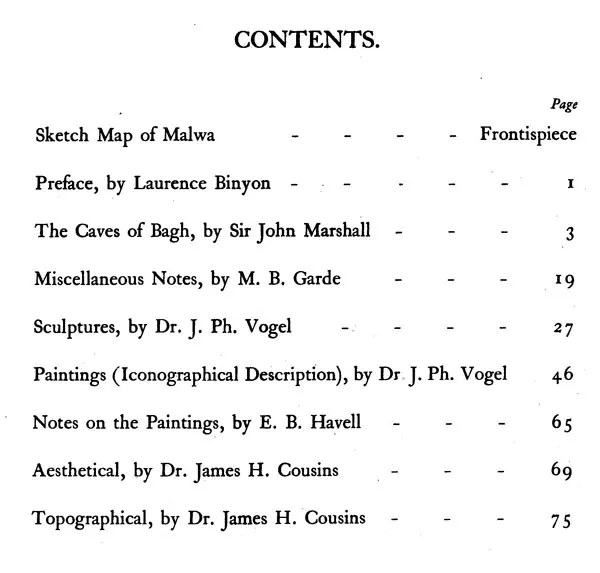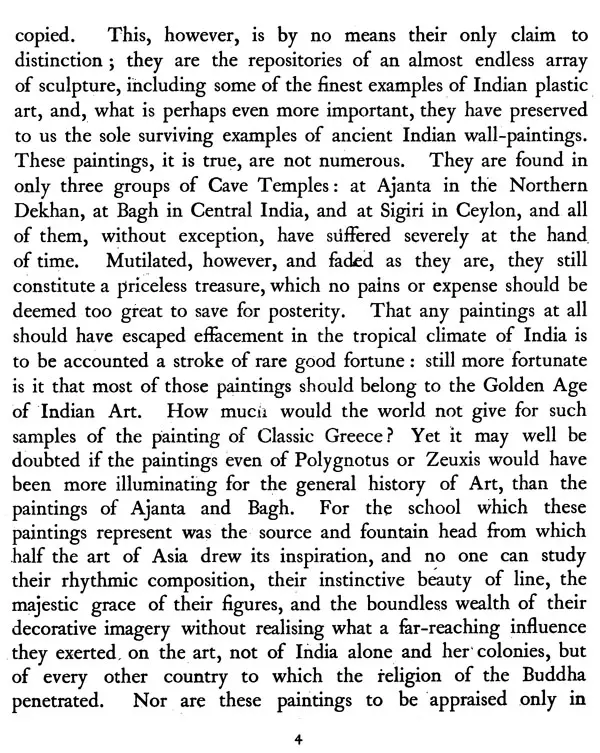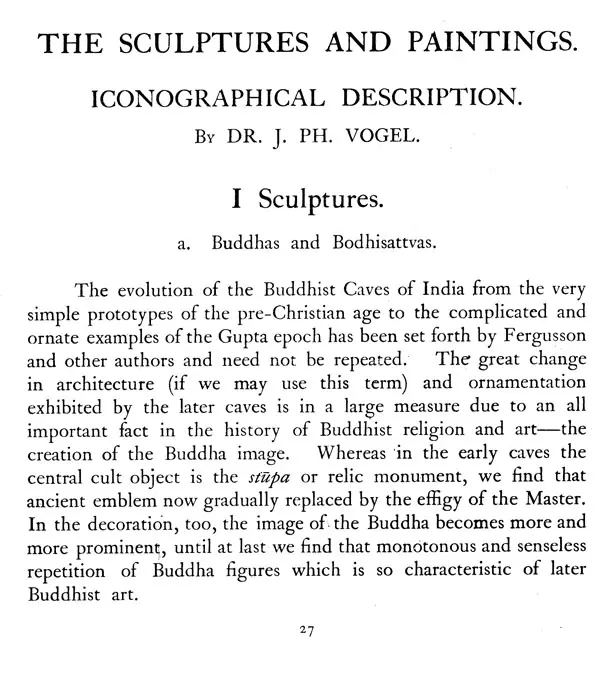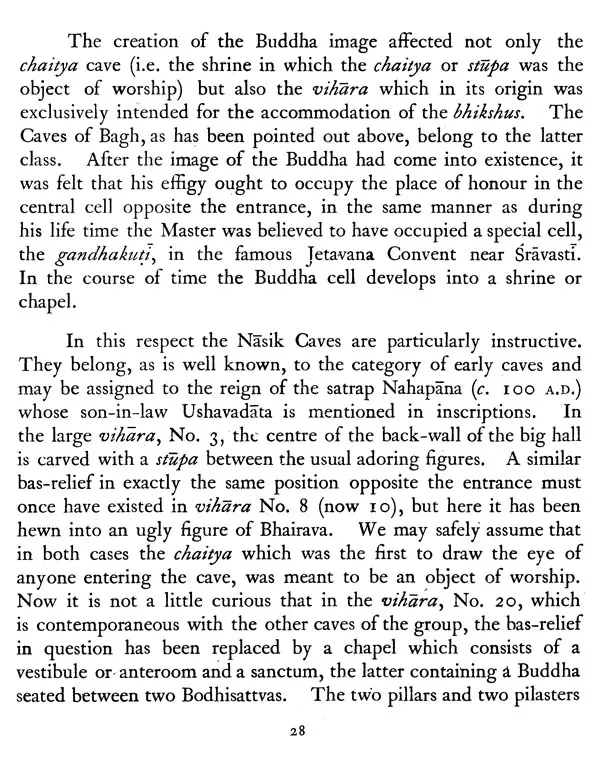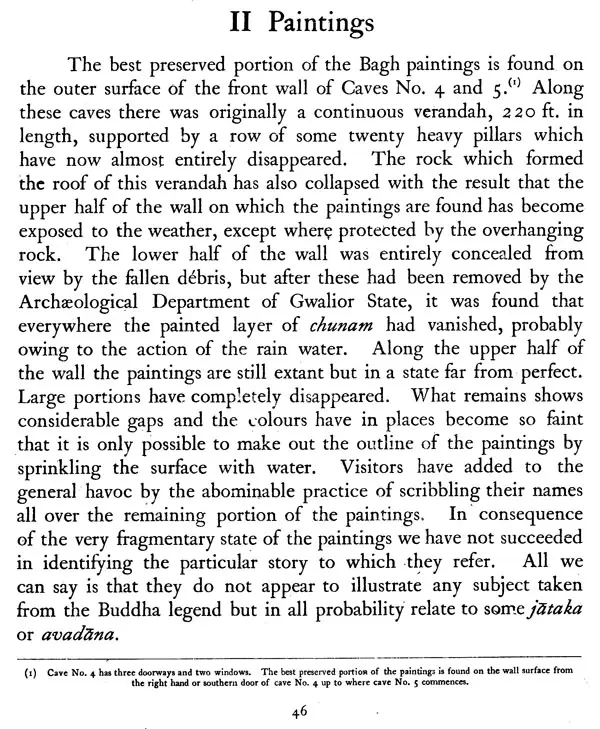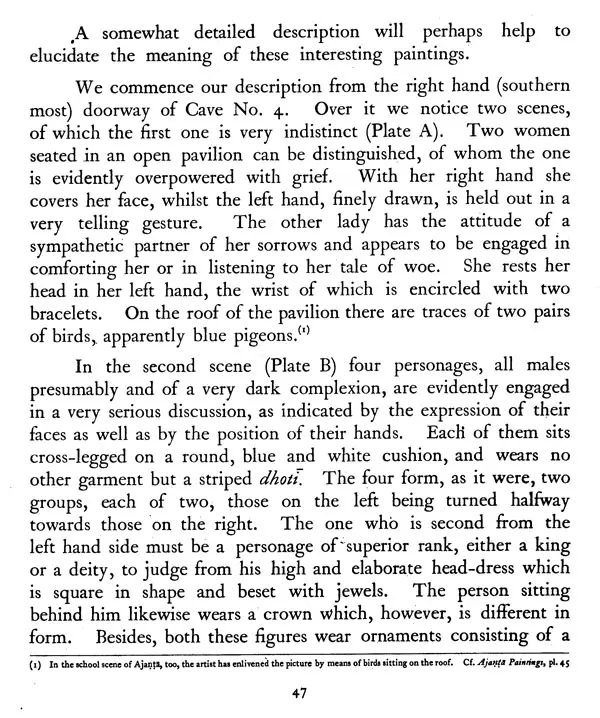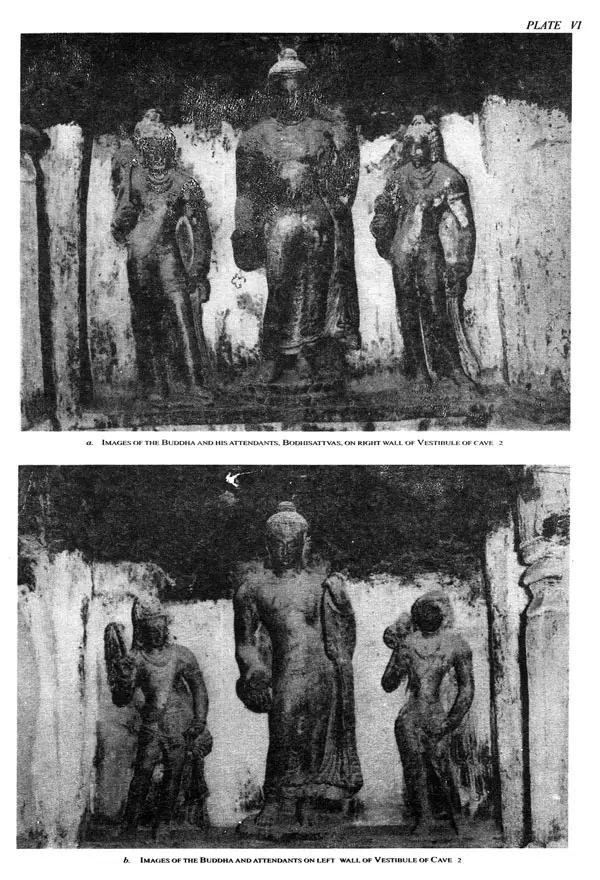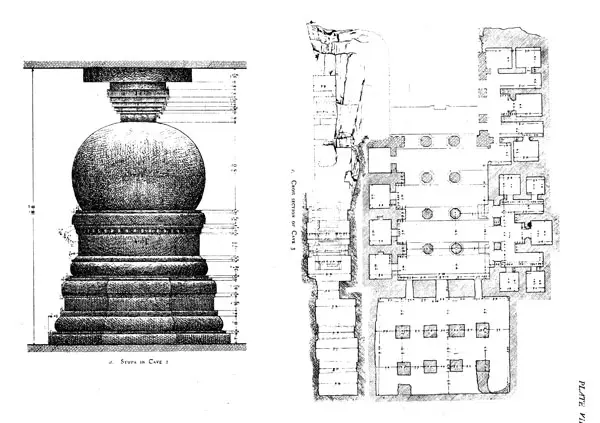
The Bagh Caves
Book Specification
| Item Code: | UAE251 |
| Author: | John Marshall, M.B. Garde, E.B. Havell and James H. Cousins |
| Publisher: | Shubhi Publications, Gurgaon |
| Language: | English |
| Edition: | 2009 |
| ISBN: | 9788182901728 |
| Pages: | 120 (Throughout B/W Illustrations) |
| Cover: | HARDCOVER |
| Other Details | 11.00 X 8.50 inch |
| Weight | 580 gm |
Book Description
The Bagh caves along with Ajanta are the most treasured illumination of ancient Indian art. From the school which these paintings represent was the source and fountain head from which of the art of Asia drew its inspiration, and no one can study their rhythmic composition, their instinctive beauty of line, the majestic grace of their figures, and the boundless wealth of their decorative imagery without realizing what a far-reaching influence they exerted on the art, not of India alone and her colonies, but of every other country to which the religion of the Buddha penetrated.
The Caves of Bagh have already been made known to the world by three descriptive articles, the first by Lieutenant Dangerfield, the second by Dr. E. Impany and the third by Colonel C.E. Luard in the Indian Antiquity.
The Caves of Bagh - so called from the neighbouring village of the name - are situated among the southern slopes of the Vindhya hills in what is now the Amjhera district of the Gwalior State. The cliff side in which they are excavated rises some 150 feet above the Bagh river and is remarkable as beingthe only out-crop of sandstone in an otherwise basaltic region. Above the sandstone, however, is superimposed a deep band of claystone, and it is probably to the excessive weight of this band, and to the moisture percolating from it that most of the damage in the caves is due.
The caves, which are nine in number, extend over a frontage of about 750 yards, but are not all contiguous.
The India Society is deeply indebted to his late Highness Sir Madhav Rao Scindia of Gwalior, and to the late Lieut.-Colonel Charles Eckford Luard, for the preparation of this book. It was during Colonel Luard's residence in Gwalior that the late Maharajah planned with him to have the splendid, but at that time scarcely-known, frescoes at Bagh copied by Indian artists. Their desire to have these copies reproduced and published in a volume by the India Society, which had already issued Ajanta Frescoes, is now fulfilled : but they have not lived to see the publication which they had so much at heart.
His Highness spared no expense in having the copies made with the utmost care. He graciously consented to their exhibition in the British Museum during the autumn of 1925, when their beauty and high importance were universally recognized.
These few lines were to have been written by Colonel Luard, who in his modesty wished that the text of this volume should be contributed by other writers, and that only a prefatory word should be added by himself, though without him the book would never have appeared. The preface remained unwritten ; for Colonel Luard died, after a brief illness, on 17th May. At the request of my fellow-members of the Committee of the Society, I write these lines in homage to the memory of these two great lovers of Indian art, to commemorate our loss and to record our gratitude.
**Contents and Sample Pages**
